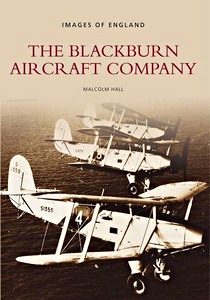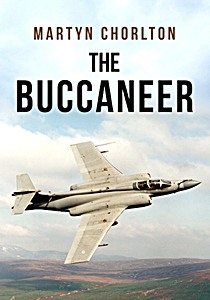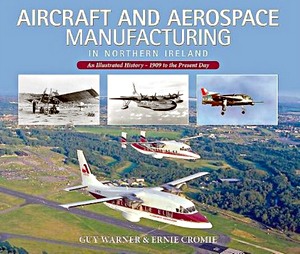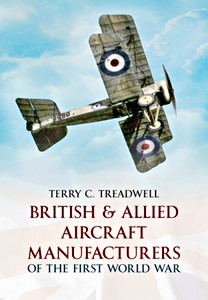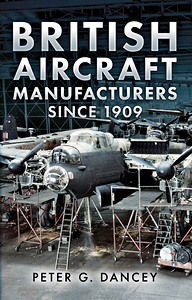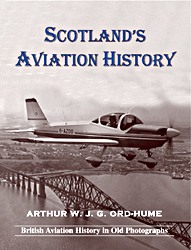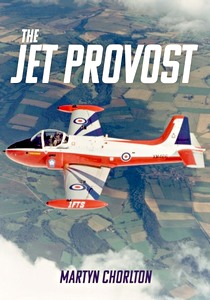Blackburn Buccaneer Manual (1958-1994) - An insight into the design, operation and preservation (Haynes Aircraft Manual)
Designed as a carrier-borne strike aircraft for the Royal Navy, the Blackburn/BAe Buccaneer eventually went on to serve with the RAF and the South African Air Force.
Operating from Royal Navy aircraft carriers to deliver nuclear weapons and conventional ordnance, the Navy transferred its Buccaneers to the RAF in 1969 where they were used in the overland strike role, later seeing combat in Gulf War 1 in 1991. The last Buccaneers were retired from RAF service in 1994.
Author Keith Wilson gives compelling insights into the design, operation and preservation of this iconic Cold War jet.
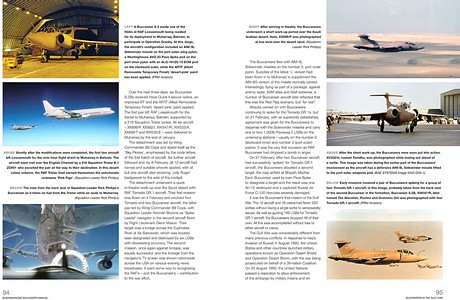
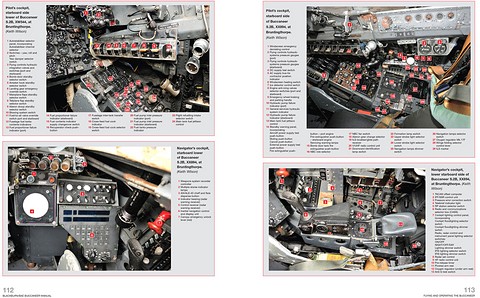
Szczegóły
| Autor: | Keith Wilson |
|---|---|
| Wydanie: | 192 strony, 27.5 x 21.5 x 1.6 cm, twarda oprawa |
| Ilustracje: | bogato ilustrowane, kolorowych zdjęć |
| Wydawca: | Haynes Publishing (GB, 2018) |
| Seria: | Haynes Aircraft Manual |
| ISBN: | 9781785211164 |
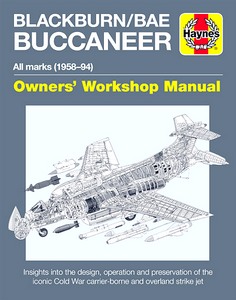
Blackburn Buccaneer Manual (1958-1994) - An insight into the design, operation and preservation
Język: angielski
Kup na Amazon PLKup na Amazon DE
Kup na Amazon UK

